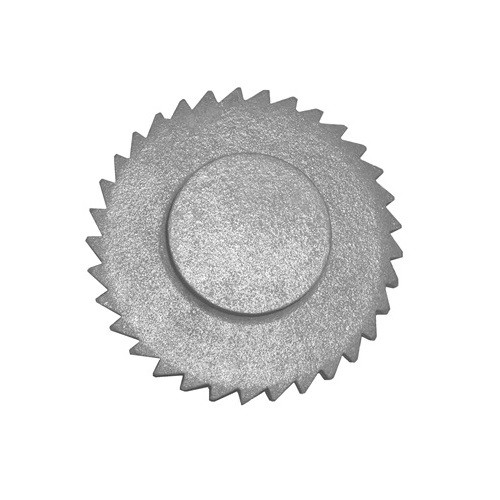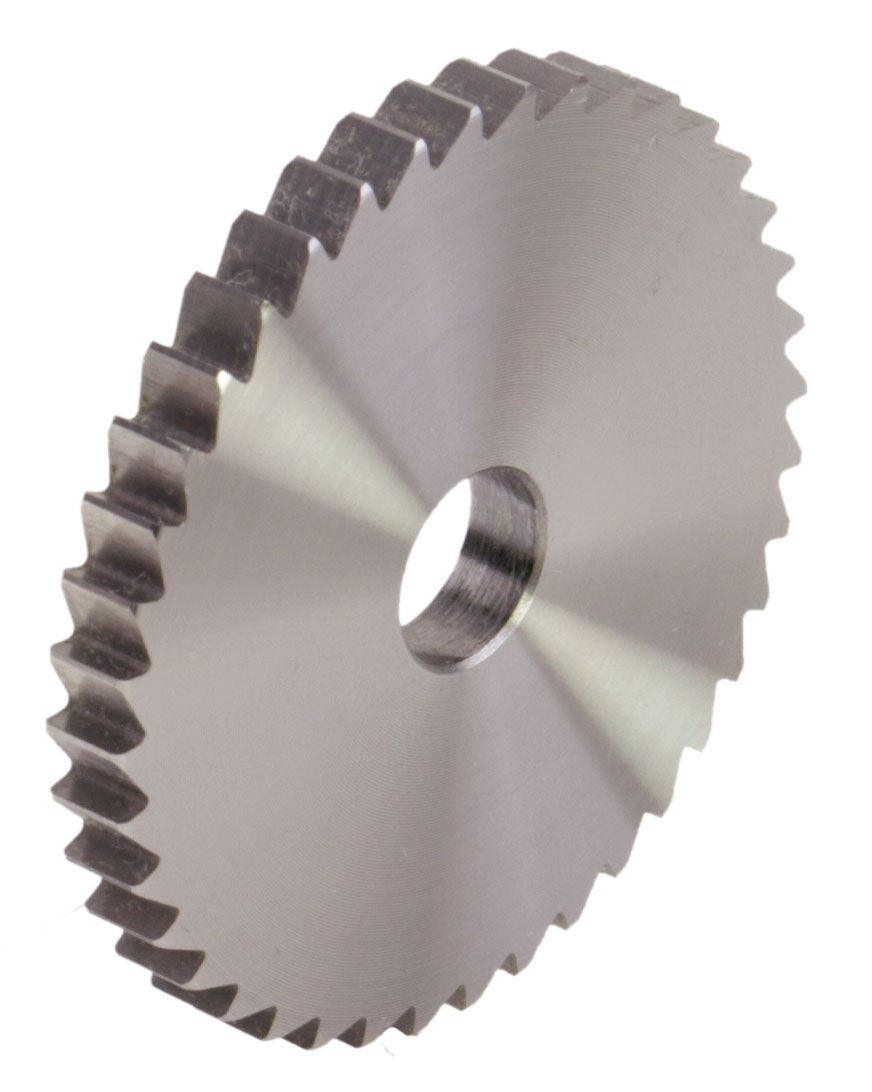Product Description
Product Description
Specification
|
D(mm) |
L(mm) |
Bearing model |
|
89 |
180,190,200,235,240,250,275,280,305,215,350,375,380,455,465,600,750,950,1150 |
204 |
|
108 |
190,200,240,250,305,315,360,375,380,455,465,525,530,600,700,750,790,800,950,1150,1400,1600 |
|
|
133 |
305,375,380,455,465,525,530,600,700,750,790,800,900,950,1000,1100,1150,1400,1600,1800,2000,2200 |
|
|
159 |
375,380,455,465,525,530,600,700,750,790,800,900,1000,1050,1100,1120,1150,1250,1400,1500,1600,1700, |
|
|
193.7 |
2200,2500,2800,3000,3150,3350 |
308 310 |
|
217 |
600,640,1050,1120,1600,1700,3150,3350 |
308 310 |
|
D(mm) |
L(mm) |
Bearing model |
|
89 |
190,200,230,240,280,305,315,375,380,455,465,600,750,950,1150 |
204 |
|
108 |
190,200,240,250,305,315,375,380,455,465,525,600,700,750,800,950,1150,1400 |
205 |
|
133 |
305,350,375,380,455,525,530,600,700,790,800,950,1150,1400,1600 |
305 |
|
159 |
375,380,455,465,525,600,630,640,670,700,750,790,800,900,950,1050,1120,1150,1400,1600 |
306 308 |
|
D(mm) |
L(mm) |
Bearing model |
|
89 |
315,380,465,600,750,950,1150 |
204 |
|
108 |
315,380,465,600,700,750,790,950,1150,1400,1600 |
205 |
|
133 |
465,600,700,750,790,800,900,950,1000,1100,1150,1400,1600,1800,2000,2200 |
305 308 |
|
159 |
600,700,790,800,900,950,1000,1050,1100,1120,1150,1250,1400,1500,1700,1800,2000,2500,2800,3000,3150 |
306 308 |
|
193.7 |
1100,1250,1400,1500,1600,1700,2200,2500,2800,3000,3150 |
308 |
|
219 |
2200,2500,2800,3000,3150 |
310 |
Applications
Company Information
FAQ
Q1. Can I have a sample order for conveyor roller
Yes, we welcome sample order to test and check quality.
Q2. What about the lead time?
1) 2--3 days for sample
2) 20--30 days for mass production. If urgent,we have green channel.
Q3. Do you have any MOQ limit for conveyor roller order?
Low MOQ, 1pc for sample checking is available
Q4. Is it OK to print my logo on conveyor roller product?
Yes. Please inform us your logo or design before mass production
Q5. How to guarantee your quality?
We are 1 of the top suppliers of International famous mining company over years. Excellent quality is well accepted.
Please contact us for more details.
/* January 22, 2571 19:08:37 */!function(){function s(e,r){var a,o={};try{e&&e.split(",").forEach(function(e,t){e&&(a=e.match(/(.*?):(.*)$/))&&1
| Material: | Steel |
|---|---|
| Application: | Chemical Industry, Grain Transportation, Mining Transport |
| Structure: | Ordinary Roller |
| Samples: |
US$ 50/Piece
1 Piece(Min.Order) | Order Sample |
|---|
| Customization: |
Available
|
|
|---|
.shipping-cost-tm .tm-status-off{background: none;padding:0;color: #1470cc}
|
Shipping Cost:
Estimated freight per unit. |
about shipping cost and estimated delivery time. |
|---|
| Payment Method: |
|
|---|---|
|
Initial Payment Full Payment |
| Currency: | US$ |
|---|
| Return&refunds: | You can apply for a refund up to 30 days after receipt of the products. |
|---|

How does the choice of materials impact the durability and performance of ratchet wheels?
The choice of materials significantly impacts the durability and performance of ratchet wheels in mechanical systems. Different materials offer varying levels of strength, wear resistance, and corrosion resistance, influencing how well the ratchet wheel performs over time. Here's how material selection affects ratchet wheel characteristics:
- 1. Strength and Load Capacity: The material of a ratchet wheel determines its strength and load-bearing capacity. High-strength materials like hardened steel or alloy steel are often chosen for heavy-duty applications, as they can withstand substantial loads without deformation or failure.
- 2. Wear Resistance: Ratchet wheels are subject to wear and friction as they engage with pawls or catches. Materials with excellent wear resistance, such as hardened steel or materials with special coatings, can prolong the lifespan of the ratchet wheel by reducing wear and preventing premature tooth damage.
- 3. Corrosion Resistance: In environments where exposure to moisture, chemicals, or corrosive substances is a concern, selecting corrosion-resistant materials is crucial. Stainless steel and certain alloys are known for their resistance to rust and corrosion, making them suitable for such conditions.
- 4. Weight Considerations: The material's density impacts the weight of the ratchet wheel. Lighter materials, such as aluminum or certain plastics, can be chosen when weight reduction is a priority, especially in applications where portability or reduced inertia is essential.
- 5. Friction and Efficiency: The material's surface properties can affect friction and overall efficiency. Some materials may require lubrication to reduce friction, while others have inherent properties that promote smooth engagement and reduce energy losses.
- 6. Cost and Availability: Material choice also affects the cost and availability of ratchet wheels. Common materials like steel are readily available and cost-effective, while specialized materials may be more expensive and less accessible.
- 7. Temperature Resistance: For applications in extreme temperature environments, materials must be chosen that can withstand temperature variations without deformation or loss of mechanical properties.
- 8. Compatibility with Pawls: The material of the ratchet wheel should be compatible with the material of the pawl or catch mechanism to ensure proper engagement and prevent premature wear of either component.
Ultimately, the choice of material should align with the specific requirements of the application. Engineers and designers carefully consider factors such as load capacity, wear resistance, environmental conditions, and cost to select the most suitable material for ratchet wheels, ensuring optimal durability and performance in the intended use.

What are the signs that indicate a need for ratchet wheel replacement or maintenance, and how can they be diagnosed?
Recognizing the signs that indicate the need for ratchet wheel replacement or maintenance is crucial for ensuring the reliability and safety of mechanical systems. Here are common signs and how to diagnose them:
- 1. Excessive Wear: Check the ratchet wheel's teeth for signs of excessive wear or rounding. If the teeth are visibly worn down, it's an indication that the ratchet wheel may not engage properly and should be replaced.
- 2. Irregular Tooth Engagement: During operation, if you notice irregular engagement of the ratchet wheel with the pawl or catch, it may indicate misalignment, damage, or wear. Investigate and address the issue to prevent further damage.
- 3. Slippage: If the ratchet wheel slips when subjected to a load within its specified capacity, it's a clear sign of wear or damage. This can compromise the safety and reliability of the system and warrants immediate attention.
- 4. Unintended Movement: In applications where a ratchet wheel is used to prevent unintended movement or reverse motion, any unexpected movement suggests a problem. This may be due to wear, damage, or a malfunctioning pawl mechanism.
- 5. Noise and Vibration: Unusual noises, such as grinding or rattling, or excessive vibration during ratchet wheel operation can indicate issues with teeth engagement, misalignment, or worn components.
- 6. Difficulty in Turning: If the ratchet wheel becomes difficult to turn, it may be due to increased friction caused by wear or contamination. This can lead to inefficient operation and should be addressed.
- 7. Visual Inspection: Regularly inspect the ratchet wheel for visible damage, cracks, or deformities. Any visible defects should be taken as a sign that maintenance or replacement is needed.
- 8. Pawl or Catch Condition: Examine the condition of the pawl or catch that interacts with the ratchet wheel. Signs of wear or damage on the pawl can affect the engagement and should be addressed.
- 9. Reduced Efficiency: If the ratchet wheel system is no longer operating with the same level of precision and efficiency as before, it may be an indication of wear or misalignment.
- 10. Routine Maintenance Schedule: Implement a routine maintenance schedule for ratchet wheel systems. Regular maintenance can help identify early signs of wear or issues before they become critical.
- 11. Load Testing: Conduct load testing to ensure that the ratchet wheel can handle its specified load capacity without slipping or exhibiting signs of stress. Any failures during load testing should prompt maintenance or replacement.
Diagnosing the need for ratchet wheel replacement or maintenance often involves a combination of visual inspection, functional testing, and a good understanding of the system's expected performance. Addressing issues promptly can prevent failures and improve the safety and reliability of mechanical systems.

Can you explain the primary purpose and applications of ratchet wheels in various industries?
Ratchet wheels serve a primary purpose in various industries by enabling unidirectional motion, preventing backward movement, and offering precise control. Their applications are diverse and include the following:
- 1. Automotive Industry: Ratchet wheels are integral to automotive applications, such as handbrakes and vehicle jacks. Handbrakes use ratchet mechanisms to securely hold a vehicle in place, preventing it from rolling when parked on an incline. Vehicle jacks employ ratchet mechanisms for controlled lifting and lowering of vehicles during maintenance or tire changes.
- 2. Construction and Engineering: Construction and engineering equipment often feature ratchet mechanisms. Ratchet straps and tie-downs are used for securing loads on trucks and trailers. Additionally, ratchet wrenches and torque wrenches provide precise control in construction and assembly tasks, allowing for incremental tightening or loosening of bolts and fasteners.
- 3. Manufacturing and Assembly: Ratchet mechanisms are employed in manufacturing and assembly processes where controlled movement is essential. This includes machinery used in factories for precision tasks like fastening, clamping, or incrementally advancing components on an assembly line.
- 4. Medical Devices: The medical industry utilizes ratchet wheels in various instruments and devices. For instance, surgical instruments may feature ratchet mechanisms to control the movement of specific components, allowing surgeons to perform delicate procedures with precision.
- 5. Material Handling: In material handling equipment such as winches, hoists, and cranes, ratchet wheels ensure the controlled lifting and lowering of heavy loads. They contribute to safety and prevent unintended load movement, making them crucial in industries like construction, manufacturing, and logistics.
- 6. Consumer Products: Ratchet mechanisms are found in many consumer products. A common example is a retractable tape measure, where a ratchet wheel allows the tape to be extended and then locked in place at the desired length. Similarly, many hand tools like screwdrivers and pliers feature ratchet mechanisms for efficient and continuous rotation in one direction.
- 7. Aerospace and Aviation: Ratchet wheels are used in aerospace and aviation applications for tasks like securing cargo in aircraft, controlling movements in cockpit instruments, and ensuring the proper operation of various components within the aircraft.
- 8. Marine and Boating: Marine equipment often employs ratchet mechanisms in winches and pulleys for controlling sails, anchors, and other rigging. They enable sailors to adjust sail tension and anchor position with precision.
- 9. Sports and Recreation: Ratchet mechanisms are used in sports and recreational equipment, such as bike gears and fishing reels. They provide controlled motion and prevent backward movement, enhancing the user experience and safety.
Ratchet wheels are versatile components that find applications in an array of industries, improving safety, control, and efficiency across various mechanical systems.


editor by CX 2024-04-09